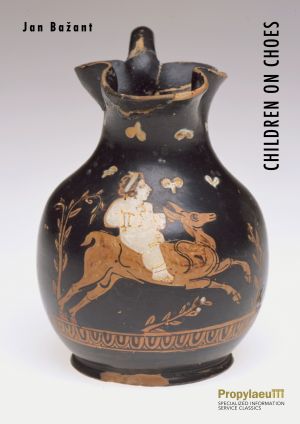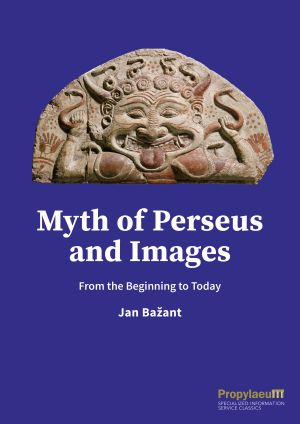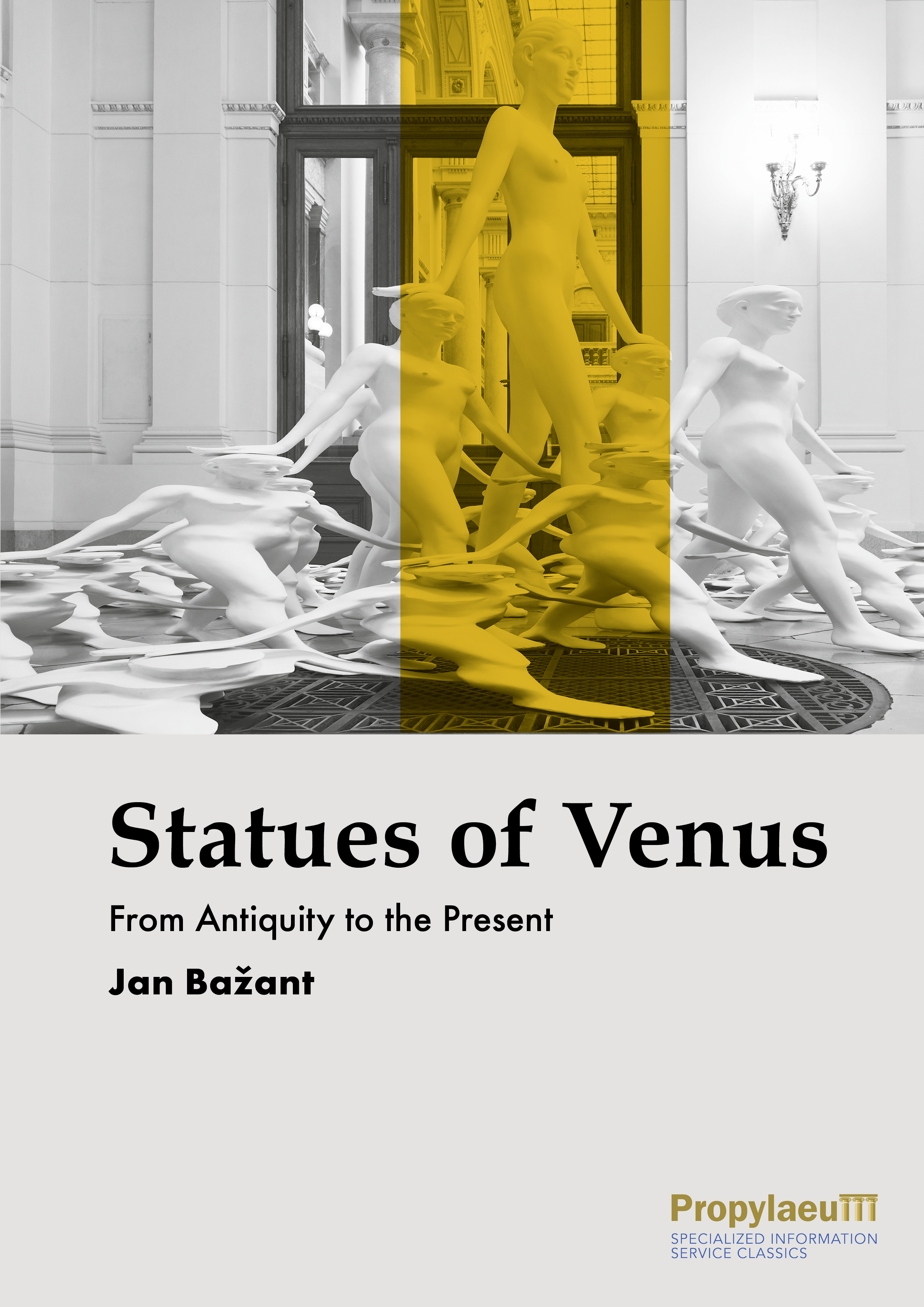Bažant, Jan
Children on Choes
Between the second half of the fifth century BC and the first quarter of the following century, there was an increase in Athenian choes featuring images of children. A systematic analysis of these vase paintings has discovered that the painters did not document the lives of Athenian children, their activities, and how their parents perceived them. However, the choes with depictions of children is a valuable source of historical information on the self-image of Athenian men.
Myth of Perseus and Images: From the Beginning to Today
Every depiction of Perseus or Medusa in post-antique Europe is just as remarkable as the origin and development of this myth in ancient Greece and Rome. Pictures, reliefs and sculptures inspired by ancient myths are now incomprehensible to most people. From the once-rich artistic language, only a few phrases survive in general consciousness; what is more, these phrases have lost meaning through constant repetition. This book aims to speak the fearless Perseus, the terrifying Medusa, the selfless Danae, the beautiful Andromeda, and the mysterious Pegasus again. It analyses the evolution of grammar and vocabulary of these depictions from Greek antiquity to the present. The oldest depictions date to the second millennium BC, the youngest ones from the present time; they originated not only in Europe but also from the Near East and Northern America. Why the depictions of Perseus' myth? From the beginning, this myth was connected with the vision and imagery on which today's culture is built.
Statues of Venus: From Antiquity to the Present
The goal of this book has been to explore the statues of Venus. Over the centuries, they have come closer to or farther away from what real women look like. From antiquity until the 21st century, sculptors have oscillated between the ideal (and therefore insipid) beauty characterizing the goddess and the seductive shapes of the body of a living woman, which for various reasons could never fully prevail. In antiquity, this was prevented by the fact that the statue depicted a goddess; in post-ancient Europe, it was primarily due to the taboo of depicting female nudity. Venus could have been depicted as a naked woman with all the racy details, but the viewer would hardly take such a depiction seriously. The artist could have eliminated attractive references to the female body from her portrayal, but how would the viewer be expected to believe that she represents Venus, the mother of Amor?









